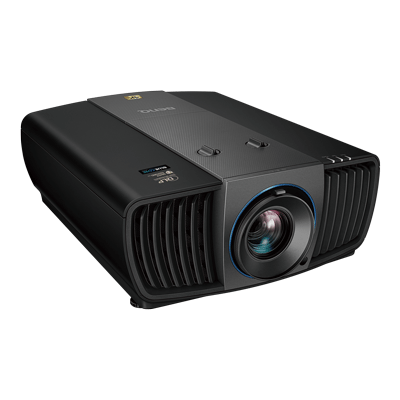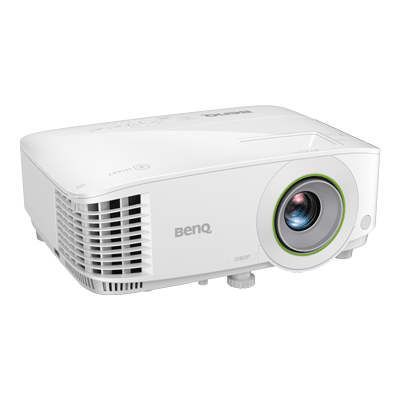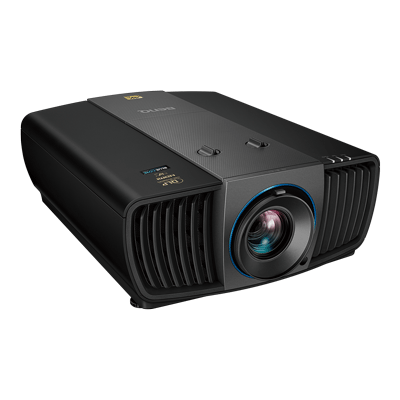When the World-Leading Technology Meets the No.1 Brand
- BenQ
- 2016-12-23
Digital Light Processing (DLP), awarded 2015 Academy Award of Merit (Oscar® statuette), is the leading projection technology used in 90% of world’s digital cinemas and 100% of IMAX theaters. BenQ DLP projectors even deliver unmatched world-class performance than anyone else.
With over 30 years of display market expertise, BenQ is the world’s No. 1 DLP projector brand in the worldwide DLP education projectors for 12 years since 2009 (Furturesource), and internationally acclaimed authority in interactive education displays. When it comes to the expertise and market share of DLP projectors, BenQ is the frontrunner.
With dominating the worldwide projector market with over 50% share, DLP technology with perfectly long lasting picture quality, outperforms other projection systems and makes a best companion for classroom learning.
With industry-leading high contrast, BenQ education projectors utilize advanced DLP-optimized optical lens systems to provide precise readability and crisp resolution for every single sub-pixel.
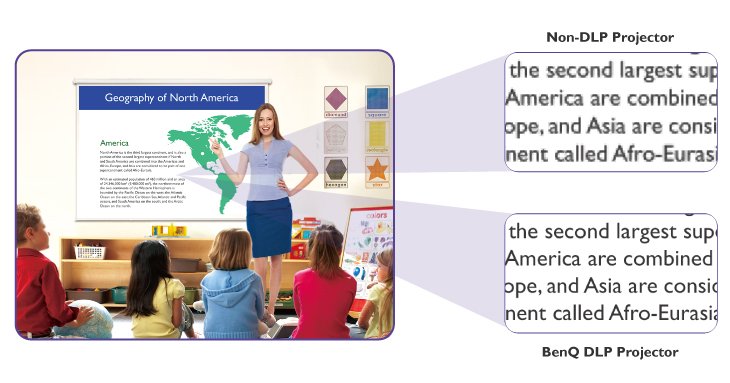
With industrial-grade durability from DLP technology, BenQ education projectors maintain the long-lasting picture perfection by eliminating color decay. Unlike non-DLP projectors, BenQ DLP education projectors look brand-new after lamp replacement. And with over two million micromirrors and minimal heat buildup, the DLP chip endures over 100,000 hours without degradation.
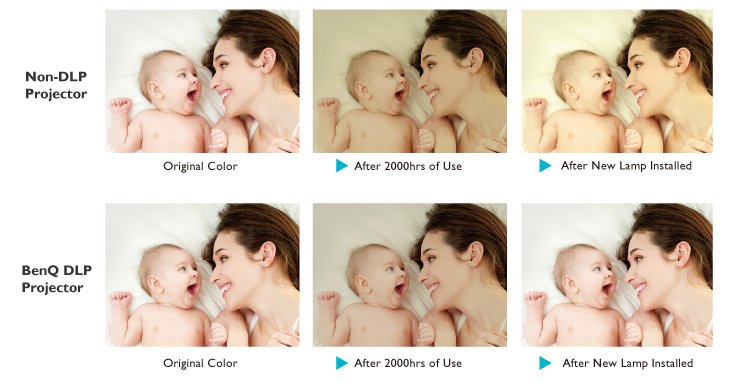
Further Reading
-
Trends & Knowledge
Color Gamut: Understanding Rec.709, DCI-P3, and Rec.2020
For current projectors on the market there are three main color gamut standards: Rec.709 (also known as BT.709), DCI-P3, and Rec.2020 (also known as BT.2020). Let's explore the differences.
2021.02.25 -
Trends & Knowledge
Three Reasons why BenQ chose DLP chips instead of traditional LCD panels to power their laser projectors
Three Reasons why BenQ, the world's No. 1 DLP projector brand, chose DLP chips instead of traditional LCD panels to power their laser projectors: 1. BenQ laser projectors using DLP chips don’t turn yellow over time 2. DLP chips enables high color accuracy for accurate logos and photos 3. BenQ uses DLP architecture to create filter free IP5X certified laser projectors
2020.04.25 -
Trends & Knowledge
DLP and 3LCD Projectors: What Each Type Means for Color Performance
The article introduces both types of projectors including the engineering principles behind each projector type and how they relate to their color performance.
2021.02.25

